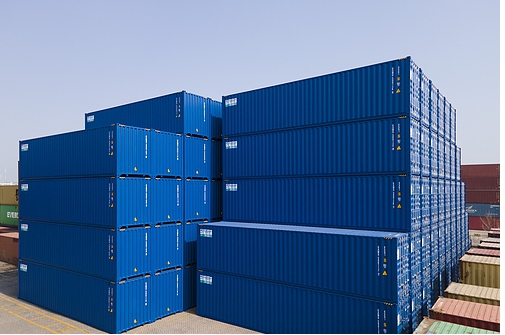1) Structural Components: Roll forming machines produce various structural components for vehicles, including chassis parts, door beams, roof rails, and bumper reinforcements. These components contribute to the overall strength and safety of the vehicle.
2) Body Panels: Roll formed metal panels are used for car bodies, including side panels, roof panels, and floor panels. These panels are essential for the vehicle’s structural integrity and aesthetic appeal.
3) Crash Management Systems: Roll formed profiles are used in the construction of crash management systems, such as impact bars and crumple zones, which help absorb energy during collisions and enhance passenger safety.
1) Rail Tracks: Roll forming machines are used to produce rail tracks and related components, ensuring precise dimensions and high durability required for railway infrastructure.
2)Train Carriages: Components for train carriages, such as side panels, roof panels, and structural supports, are often made using roll forming technology. These components need to be strong, lightweight, and capable of withstanding high loads and stresses.
3) Interior Components: Roll formed profiles are used for interior components of train carriages, including seat frames, luggage racks, and partition walls.
1) Aircraft Structures: Roll forming machines produce various structural components for aircraft, including wing spars, fuselage frames, and stringers. These components need to be lightweight yet strong to meet the stringent requirements of the aerospace industry.
2) Interior Panels: Roll formed metal panels are used for interior applications in aircraft, such as cabin walls, overhead bins, and flooring systems.
1) Truck Bodies: Roll forming machines are used to produce components for truck bodies, including side panels, roof panels, and floor panels. These components need to be durable and capable of withstanding heavy loads.
2) Trailers: Roll formed profiles are used in the construction of trailers, including flatbed trailers, enclosed trailers, and refrigerated trailers. Components such as side rails, cross members, and roof bows are commonly produced using roll forming technology.
3) Bus Structures: Components for bus bodies, such as side panels, roof panels, and structural supports, are often made using roll forming machines. These components contribute to the overall strength and safety of the bus.
1) Shipbuilding: Roll forming machines produce various components for shipbuilding, including hull frames, deck beams, and bulkheads. These components need to be strong, corrosion-resistant, and capable of withstanding harsh marine environments.
2) Boat Trailers: Roll formed profiles are used in the construction of boat trailers, providing strong and durable frames that can support the weight of the boat during transportation.
1) Frames and Supports: Roll forming machines produce components for bicycle and motorcycle frames, including tubes, supports, and brackets. These components need to be lightweight yet strong to ensure the safety and performance of the vehicle.
2) Accessories: Roll formed metal profiles are used for various accessories, such as luggage racks, fenders, and handlebar supports.
1) Guardrails: Roll forming machines produce guardrails and safety barriers used along highways and roads to enhance safety and prevent accidents.
2) Sign Posts and Poles: Roll formed profiles are used for sign posts, light poles, and other infrastructure components essential for transportation systems.
Overall, roll forming machines play a crucial role in the transportation industry by providing high-quality, cost-effective, and precisely shaped metal components that enhance the safety, performance, and efficiency of various transportation systems.
